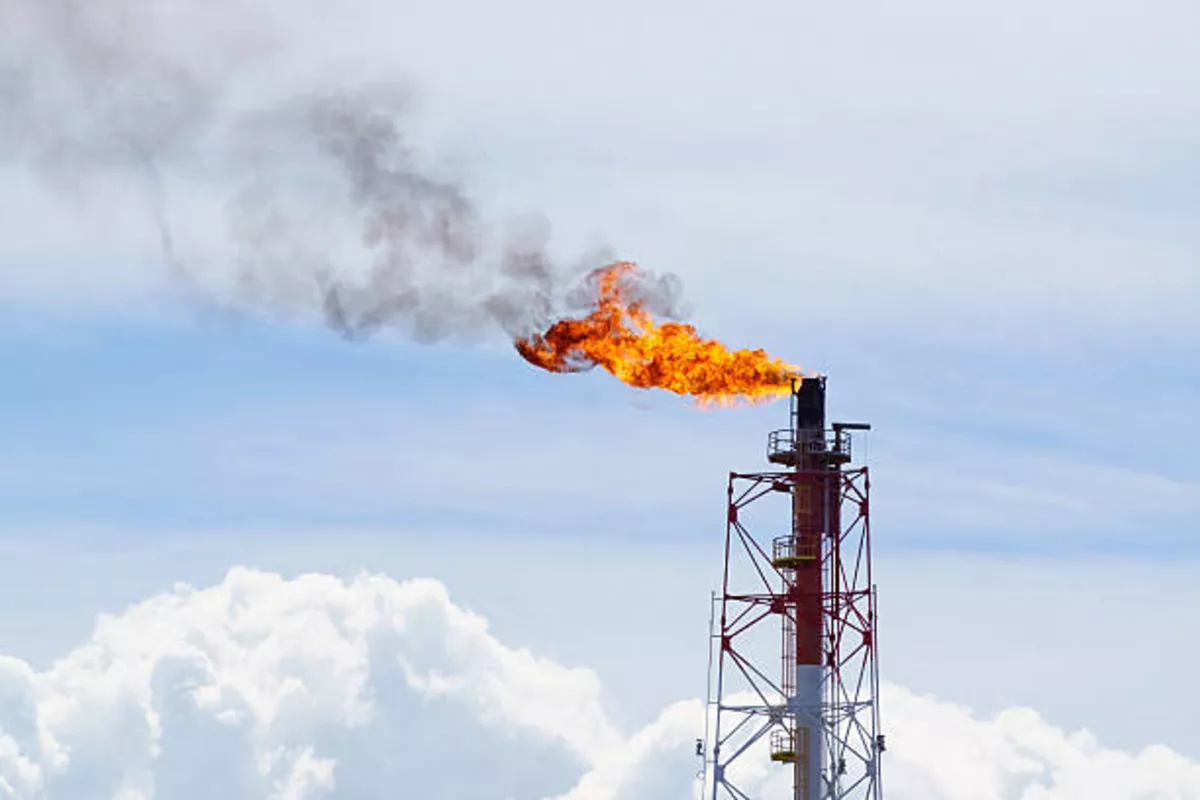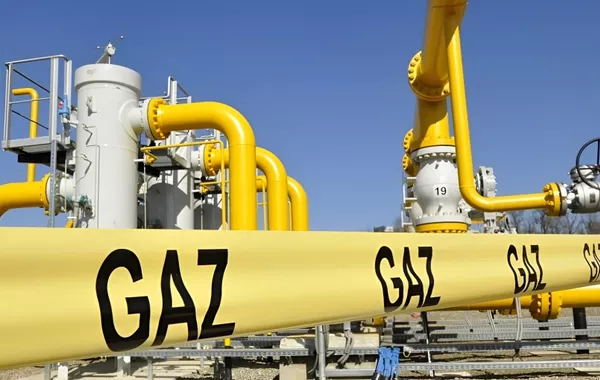
Photo: iStock
Turkmenistan has emerged as the leading global source of major methane emissions in the oil and gas sector, according to new data from the U.S.-based Stop Methane project.
The findings, widely reported by Central Asian media, are based on satellite observations collected between January 1 and November 12 of this year, The Caspian Post reports, citing The Times of Central Asia.
Researchers at the University of California, Los Angeles, which leads the project, compiled the ranking using satellite data to identify sites with the highest methane emissions over specific time intervals. The list includes locations where emissions ranged from 3.7 to 10 tons per hour, levels deemed significant contributors to atmospheric pollution.
Industrial facilities in Turkmenistan, particularly near Esenguly and Turkmenabat in the Balkan province, accounted for the majority of high-emission events. Out of the 25 entries in the ranking, 17 are located in Turkmenistan, far more than any other country. The remaining positions are held by a handful of other states, including Venezuela, Iran, Pakistan, and the United States.
Decades-old Soviet-era infrastructure is widely cited by independent energy analysts as one of the main reasons Turkmenistan dominates global methane-leak rankings. Much of the country’s gas production network relies on older pipelines, compressors, and separation units that were never modernized to international leak-prevention standards. Because methane is colorless and odorless at industrial concentrations, these failures can persist unnoticed for long periods without satellite monitoring. Experts note that relatively inexpensive upgrades - such as replacing valves, improving maintenance, and installing continuous monitoring - could sharply reduce emissions if implemented.
Stop Methane analysts based their assessment on over 3,000 methane plumes detected at approximately 2,000 oil and gas sites worldwide. The data was collected using the U.S.-operated Tanager-1 satellite, which monitors key oil and gas extraction zones. The satellite’s capabilities allow for the detection of large leaks that are often invisible from the ground.
The surge in methane detection over the past two years reflects not a sudden rise in leaks but a leap in the resolution of satellite instruments now able to spot plumes previously undetectable. Earlier monitoring systems could identify only massive blowouts, whereas newer platforms - including Tanager-1 and NASA’s EMIT - can map medium-sized leaks in near-real time. This technological shift has revealed a methane footprint far larger than governments and companies had reported, making emissions visible to the international community and accelerating calls for transparency and mitigation.
The organization highlighted the serious environmental impact of methane, emphasizing its role in both air pollution and climate change. Beyond the climate implications, methane leaks represent a direct economic loss for Turkmenistan. The International Energy Agency estimates that most methane emissions in the oil and gas sector can be avoided at little or no net cost because the captured gas can be sold. For a country whose budget relies heavily on gas exports, the volume of methane escaping from super-emitter sites translates into millions of dollars of lost revenue annually. Addressing these leaks, therefore, offers both environmental and fiscal benefits.
For context, a site emitting five tons of methane per hour, roughly mid-range on the list, releases as much pollution annually as one million SUVs or a large coal-fired power plant.
Methane emissions have long been a concern in Turkmenistan. In 2019, international environmental groups reported that leaks at the Korpeje gas field in western Turkmenistan generated climate impacts equivalent to those from one million cars.
Despite this, Turkmen authorities have pointed to recent progress. Speaking at a regional climate forum in April, President Serdar Berdimuhamedov stated that the country had reduced methane emissions by 11% by the end of 2024, surpassing national targets.
Turkmenistan’s official messaging increasingly emphasizes environmental progress, yet satellite observations still reveal frequent large-scale leaks across its gas fields. This disconnect has led analysts to question the scope and transparency of the country’s mitigation programs. Without independent verification of emissions reductions, experts warn that the credibility gap between government statements and satellite-detected leaks may widen, complicating the country’s engagement with international climate initiatives.
Turkmenistan ranks fifth globally in natural gas reserves, estimated at 400 trillion cubic feet as of 2025. In 2023, the country produced a record 3.0 trillion cubic feet of dry natural gas. While China remains its primary export market, Ashgabat continues to seek new buyers. Turkmenistan’s methane profile is becoming a geopolitical liability as major consumers introduce stricter rules on the carbon and methane intensity of imported fuels. The European Union, in particular, is preparing standards that would penalize or restrict gas with high upstream emissions. This poses a potential obstacle to Turkmenistan’s long-sought ambitions to access European markets via the Trans-Caspian route, especially if competing suppliers in the region can demonstrate cleaner production. However, the U.S. Department of Energy has warned that elevated methane emissions could hinder potential access to European markets via the Trans-Caspian route.
Turkmenistan also holds an estimated 600 million barrels of oil and produced an average of 275,000 barrels per day in 2024. Across Central Asia, several oil- and gas-producing states are grappling with methane management, but Turkmenistan stands out due to the sheer scale of its super-emitter sites. Kazakhstan and Uzbekistan have also been flagged for significant leaks, though typically at lower levels and with fewer major emission points. Analysts argue that the region’s shared dependence on aging infrastructure makes coordinated methane-reduction strategies increasingly important, particularly as global scrutiny intensifies.
Share on social media
